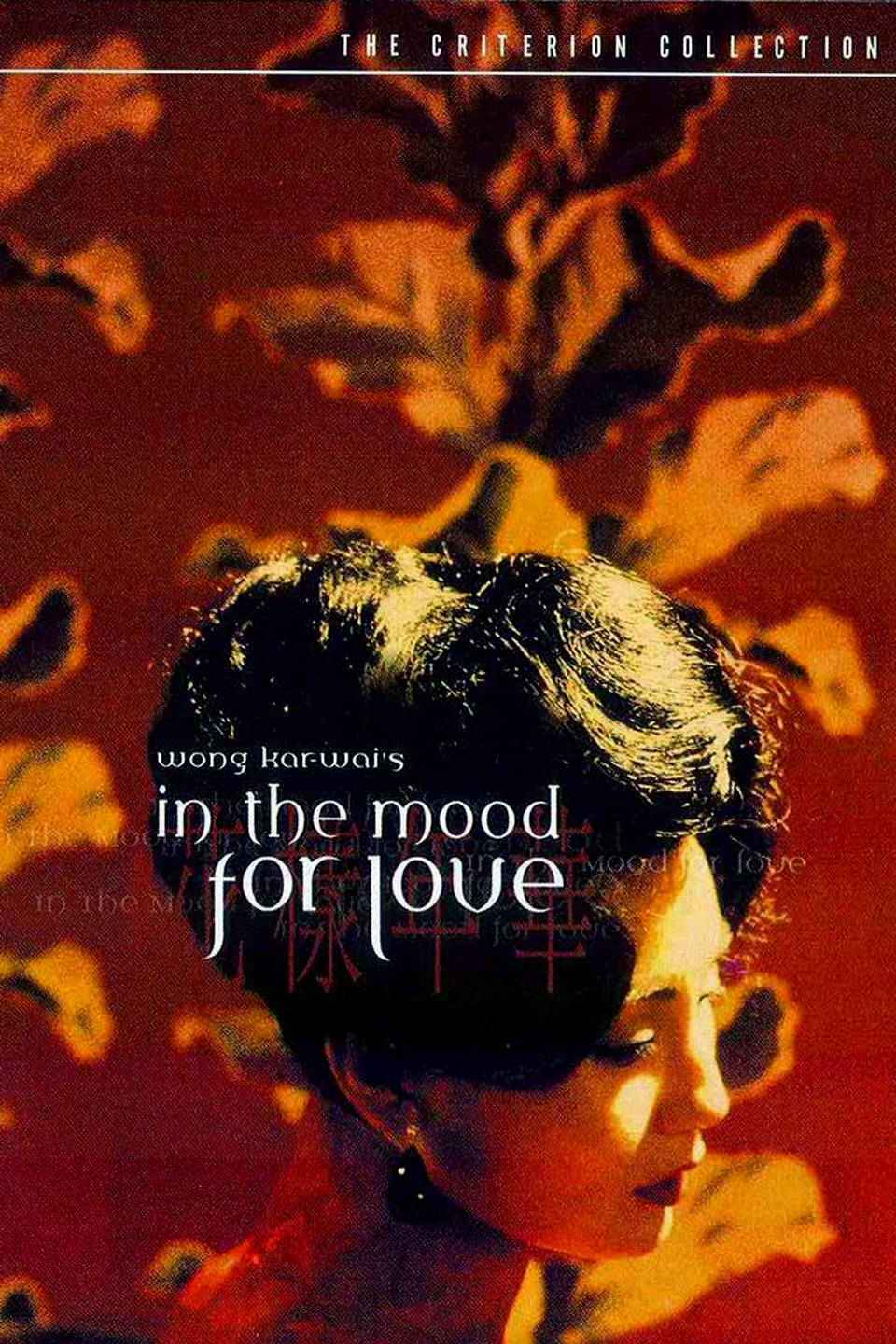Sunday, 24 July 2016
In The Mood For Love
World War I had given a big impact to the French film industry, which many film studios were forced to shift to wartime uses and the export was halted (Bordwell. D & Thompson. K, 2009). The American films started to replace the French's and dominated the market by the end of 1917. This encouraged the young film directors to take a new step, they claimed that the cinema should be an art that purely itself, an occasion for the artist to express feelings, like poetry, painting and music. They started to experiment with cinema in a ways that posed an alternative to the dominant Hollywood formal principles. They perceive the cinema as an art of emotion which dominated intimate psychological narrative.
Impressionist films explore psychological causes, gives narration considerable psychological depth, reveals the play of a character's consciousness, concerns mental states, dreams and fantasies. It manipulate plot time and subjectivity by showing flashback to depict memories. Impressionist films also use cinematography and editing to show the visual depiction of mental states. Irises, superimpositions, masks are used to indicate characters' thought and feelings. Distorted or filtered visuals and vertiginous cam movement are used to show dizzy and drunkenness. To intensify the subjectivity, the Impressionists' cinematography and editing present characters' perceptual experience, their optical impressions, by using point-of-view shots. The Impressionist also experimented with pronounced rhythmic editing to suggest the pace of an experience as a character feels it in particular situations. New means of frame mobility is developed by Impressionist by tying cameras to cars, carousels, and locomotives, to create smooth camera movements. In The Mood For Love (2000) is a French Impressionist inspired film directed by Wong Kar Wai, and it will be discussed further.
This film is about a journalist, Mr Chow who move into a Hong Kong apartment with his wife and Mrs Chan is moving into the next unit on the same day. Their friendship has slowly developed and both realized their respective spouses are having affair with each other. Their curiosity drives them to rehearse on their spouses to find out how they have an affair. Soon both of them are in love, however, they are both stopped by the moral stand of not being unfaithful spouse.
Director Wong put a lot of effort in the mise-en-scene of this film to present the characters' inner psychological states. There are a scene where Mr Chow is sitting in the office. He lights up a cigarette and his body language shows that he is figuring out in something. The shot at the back of Mr Chow with the smoke floating above his head is showing his inner thought that is unclear, confused, clouded like the smoke.
The repeating shots and background music in the scene of the noodle stall shows both Mr Chow and Mrs Chan are stuck in a repeating routine. Besides, the slow motion effect is reflecting that they are having a hard time without their spouses respectively, which causes them to feel the time is going slowly. The montage of Mrs Chan walking up and down the stairs in the hotel is reflecting on her struggle between meeting Mr Chow or not to. There are some freezing shots that can be found in this film, which is meaning that the moment has become a memory.
When Mr Chow and Mrs Chan are together, there will be some shots that show the mirror reflection of them. The director is using the mirror to tell that they are reflecting on their cheating spouses as they are pretending to be them. With the peeping camera movements, it is reflecting on their feeling of afraid on how people see them. The hotel room montage of Mrs Chan helps Mr Chow on writing his novel, the camera shots show the feeling of they love each other but afraid to admit it. The camera movements and the mirror reflections of both of them are like taking glimpses on someone who you love.
Last but not least, the scene where showing the history of Cambodia is to show the time frame of the event. Mr Chow goes to a temple and find a hole on the wall, he whispers all his secrets into the hole and fill it with mud. After he leaves the temple, there is a established shot of the temple with creepy background music, which convey a message of there are many secrets from different people and generations in the temple.
In conclusion, In The Mood Of Love is a piece of art that create by the director with emotions that are beautifully presented on the screen. The props and setting perfectly shows the beauty of 1960s in Hong Kong and the characters' inner thoughts are also well presented in an artistic ways.
Subscribe to:
Post Comments (Atom)



No comments:
Post a Comment